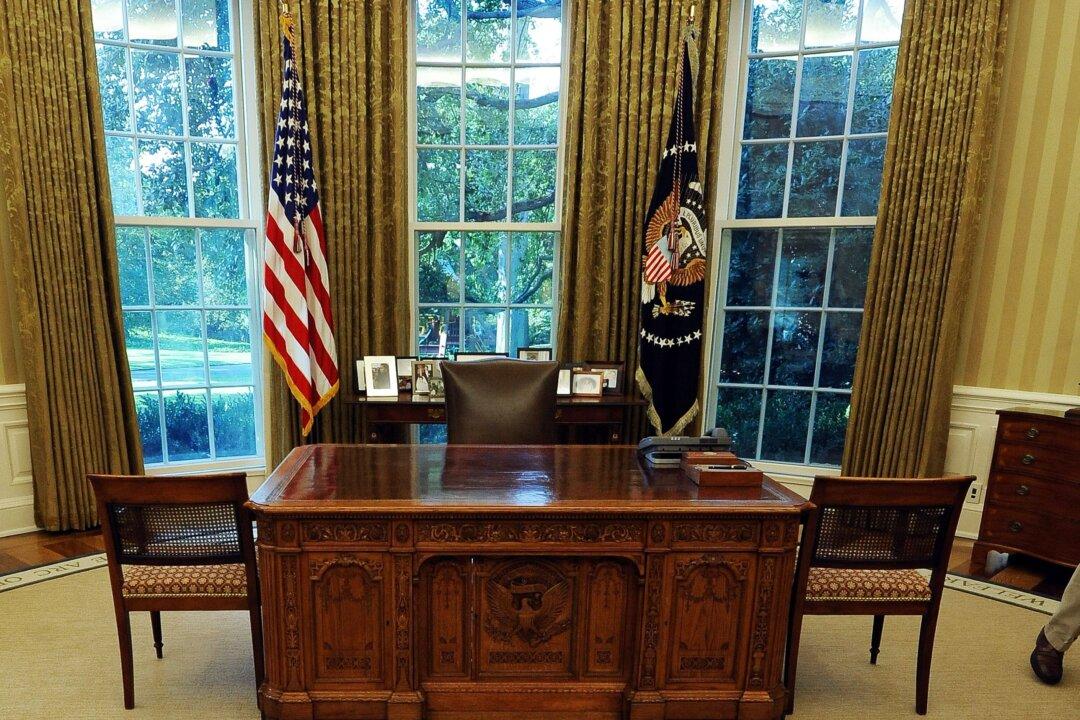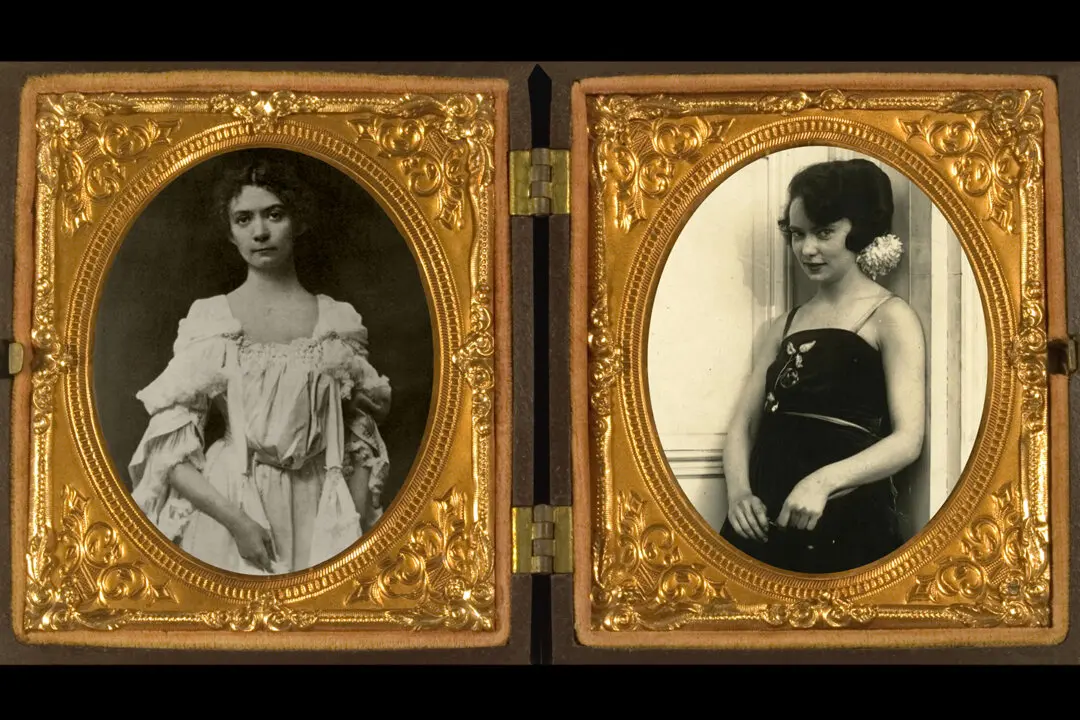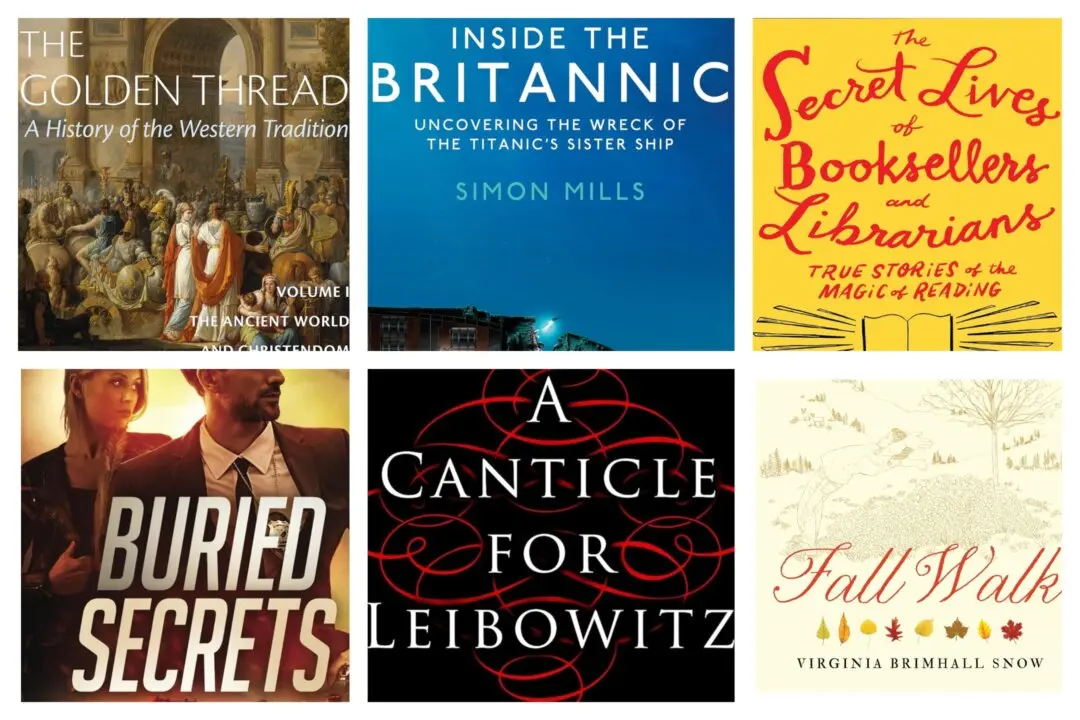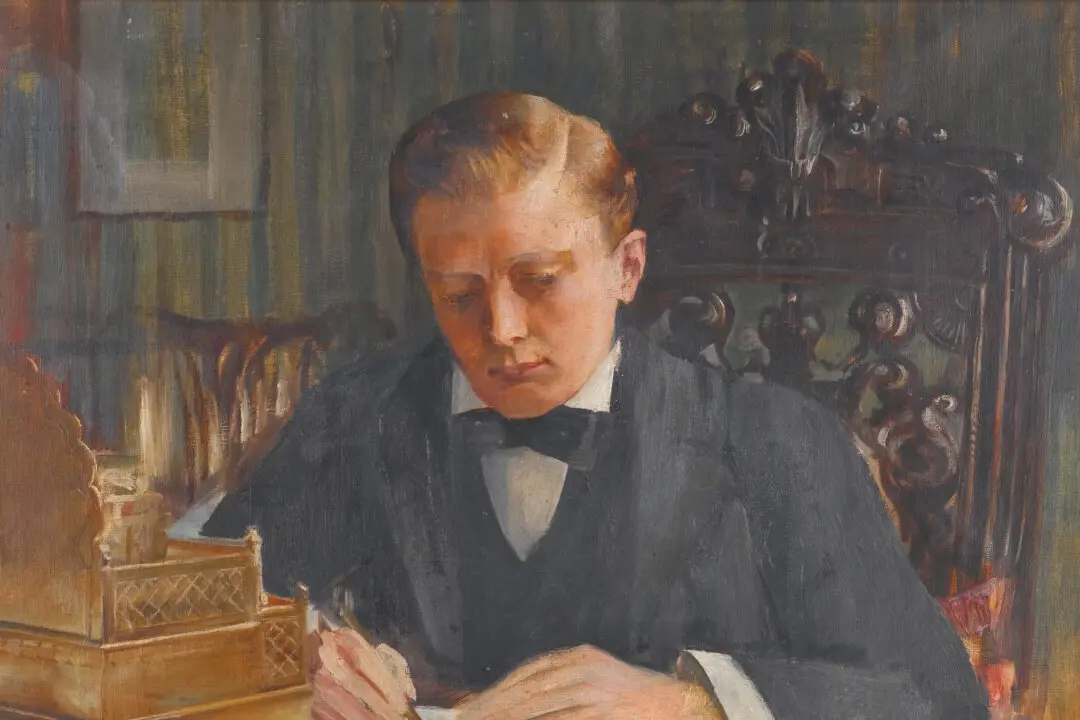Many of our modern presidents have written books. When running for office, they frequently publish political manifestos outlining their vision for America or autobiographies describing obstacles they’ve overcome to reach to the top. On leaving office, they reverse this process and write of their days in the White House, the crises they faced, the grace and courage with which they conquered adversity, the friends they made, and the foes they vanquished.
Only time will tell whether the books of these men will continue to draw readers in future years or will instead gather dust on library shelves, studied only by historians and biographers. “Where’s The Rest of Me?: The Autobiography of Ronald Reagan,” an account of his early life and his time in Hollywood is, for example, out of print. And though a bestseller now, Barack Obama’s memoir of his presidency, “A Promised Land,” may find few fans 20 years from now.






